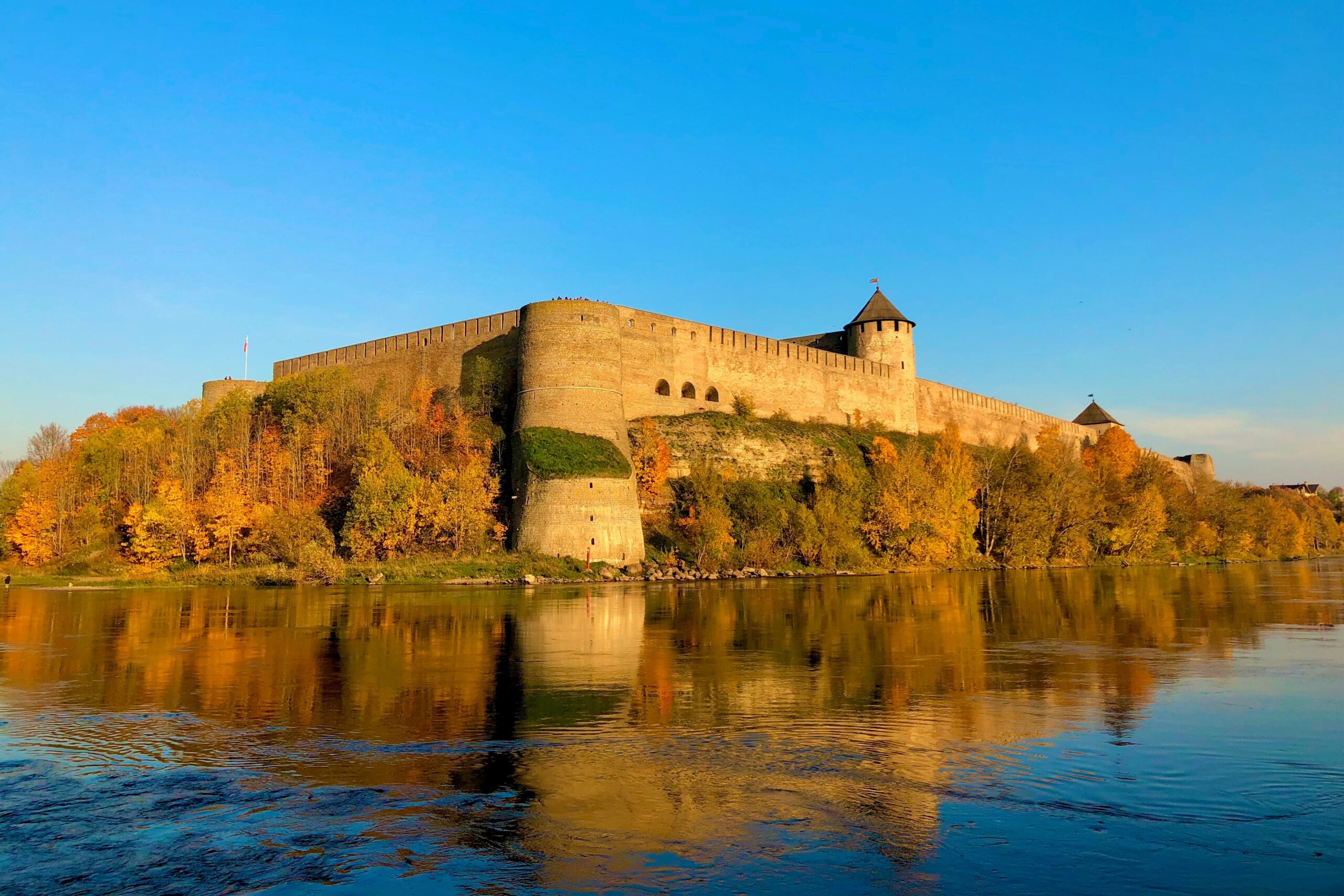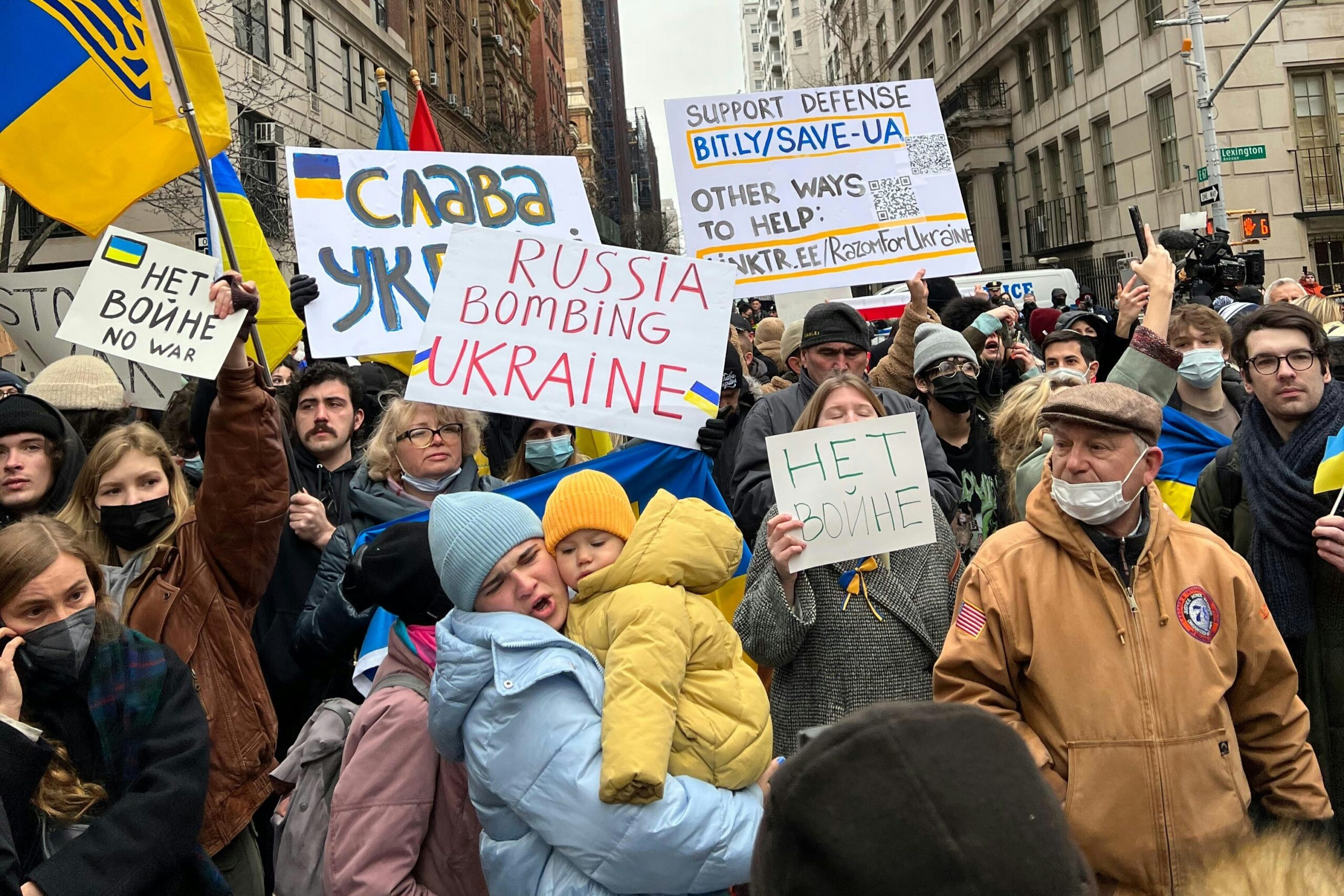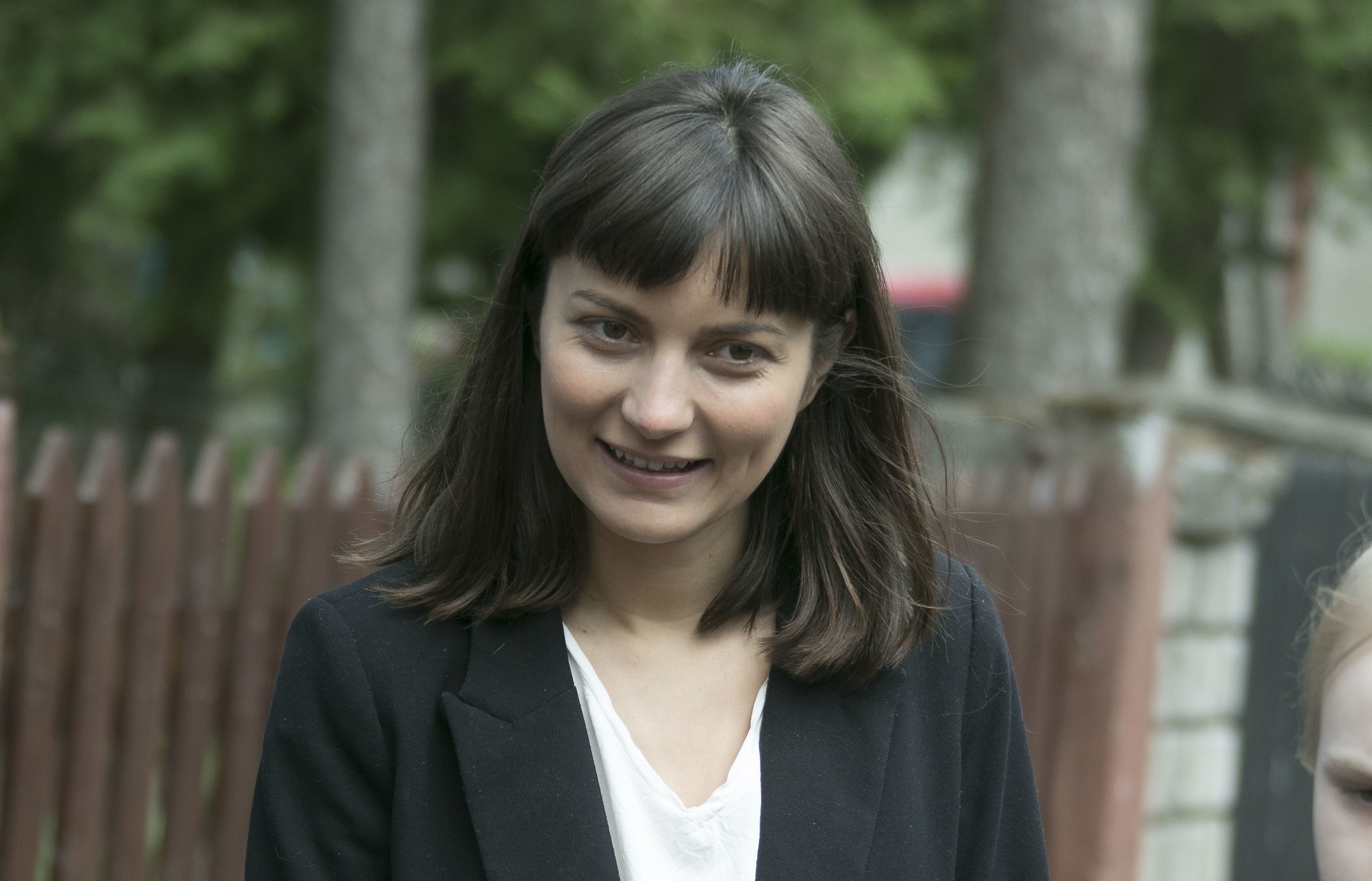
Key insights:
In April, pro-Kremlin disinformation actors intensified their efforts to sow distrust in Estonia’s democratic institutions, constitutional order, and national security policy. Narratives focused on alleged state-sponsored discrimination, censorship, militarisation, and economic mismanagement. Several strategic themes were used consistently:
- Religious freedom: The debate over the future of the Estonian Orthodox Church was used to portray Estonia as a country that violates fundamental rights and marginalises Russian-speaking believers.
- Security paranoia and militarisation: Estonia’s defence initiatives, including a military base in Narva and maritime enforcement actions, have been portrayed as provocations designed to escalate tensions with Russia.
- Censorship and political repression: Pro-Kremlin commentators continued to portray Estonia’s national security measures, including deportations and intelligence reporting, as anti-Russian political persecution.
- Youth and cultural identity: Russian youth influence operations (such as the Artek camp) were dismissed as benign, while Estonian concerns were derided as ideological paranoia.
- Economic grievances: Dissatisfaction with inequitable public spending was used to undermine trust in the government and fuel nostalgia for the Soviet era.
Together, these narratives sought to undermine social cohesion, foster resentment among Russian-speaking communities, and delegitimise Estonia’s democratic institutions at home and abroad.
Overview of the Main Findings:
One of the dominant issues in April was the ongoing controversy surrounding the Orthodox Church in Estonia. The Estonian parliament passed amendments aimed at restricting religious organisations with foreign links that are considered a threat to national security, primarily targeting the Orthodox Church’s links with the Moscow Patriarchate. Although President Alar Karis refused to sign the amendments into law on constitutional grounds, pro-Kremlin commentators continued to portray the situation as part of a wider campaign to ‘ban Orthodoxy’ and persecute Russian believers. The narrative of religious discrimination proved resilient and emotionally charged, resonating particularly with conservative and Russian-speaking audiences. The government’s stated intention to revise and reintroduce the law ensures that this issue will remain a long-term disinformation flashpoint.
At the same time, plans to build a new military base in Narva attracted disinformation attacks. Narva’s symbolic and geopolitical importance – due to its majority Russian-speaking population and proximity to the Russian border – made it a prime target. The military initiative was portrayed as a NATO-led provocation and a threat to regional peace. Pro-Kremlin actors highlighted local grievances over a lack of transparency and the social costs of militarisation, portraying Estonia as a proxy in a Western effort to intimidate Russia.
Narratives of censorship and repression were further reinforced by reactions to the annual report of the Estonian Internal Security Service (KAPO). Russian-speaking blogger Oleg Besedin, named in the report as a propagandist, portrayed himself as a victim of state censorship, sparking a wave of online support and comparisons to totalitarian regimes. This narrative played directly into the Kremlin’s broader strategy of portraying the West as hypocritical and authoritarian in its treatment of dissenting voices.
Another focus of disinformation efforts was Estonia’s reaction to the participation of young people in the Russian-run Artek camp in occupied Crimea. KAPO’s warnings of militarisation and indoctrination were ridiculed and dismissed by pro-Russian voices, who argued that cultural exchange was being demonised for political reasons. This episode revealed a deeper struggle for identity and influence among Estonian youth, particularly in Russian-speaking communities.
In the realm of international security, Estonia’s seizure of the Kiwala, an oil tanker from the shadow fleet sanctioned for transporting Russian oil, was used to accuse the country of reckless behaviour and acting beyond its geopolitical weight. While Estonia portrayed the seizure as a measure to uphold international sanctions and maritime safety, pro-Kremlin channels portrayed it as a dangerous overreach designed to antagonise Russia.
Economic frustration also remained an important disinformation vector. Increases in public sector salaries – especially for politicians – were contrasted with deteriorating access to healthcare and underfunded education, fuelling public anger. These grievances were linked to broader narratives about government incompetence and the alleged futility of prioritising defence spending over social welfare. Soviet nostalgia was also invoked to promote the idea that life was better before Estonia’s integration into Western structures.
Finally, the deportation of Russian nationalist Konstantin Gorlov on security grounds was used as further evidence of anti-Russian repression in Estonia. Despite Gorlov’s documented links to extremist groups and dissemination of propaganda, pro-Kremlin voices portrayed him as a persecuted activist, feeding into long-standing claims of Russophobia and political intolerance.
Story of the Month
Ms Katri Raik, the mayor of Narva, Estonia’s easternmost city bordering Russia, has spoken openly about the complexities of life in Narva amid growing geopolitical tensions. She acknowledges that while the presence of the Estonian Defence Forces (EDF) provides a sense of security, it also raises concerns among residents about potential provocations due to the city’s proximity to Russia. Raik noted that those who enthusiastically welcome the EDF are in the minority, with many locals questioning the necessity and timing of such a military presence so close to the border.
In one notable incident, she received a threatening message accompanied by a photo of graffiti near her home that read in Russian: ‘Raik, get out of here’. This act of intimidation took place in the context of tensions over the removal of a Soviet-era tank monument in Narva, a decision that sparked controversy among the city’s predominantly Russian-speaking population. Recently, she received another threatening message and contacted the police after receiving a death threat by e-mail. The incident comes in the wake of a recent attack on the streets of Narva, in which a municipal employee-historian, Madis Tuuder, was assaulted for his “incorrect” interpretation of the border city’s history. Katri Raik explained that she had received several threatening emails in one day from different senders, and that one of these threats seemed serious enough that she decided to contact the police. According to Raik, the threatening emails were received on the same day (23 April 2025) that the media reported that EDF was planning to establish a military base in Narva. On the same day, the mayor added, she saw people in several cars giving her the middle finger. Raik said she did not want to comment further on the matter in order to avoid provoking people or touching on national issues. “We are living in a time when it has become dangerous for Estonians to live in Narva,” she said emotionally, recalling that Narva’s city heritage inspector and historian, Madis Tuuder, had recently been attacked, stressing that this was a much more serious incident.
Raik’s leadership reflects a nuanced approach to governance in a city with a complex identity. She has lived in Narva for over 25 years and is committed to integrating the city more closely with the rest of Estonia while respecting its unique cultural landscape.









